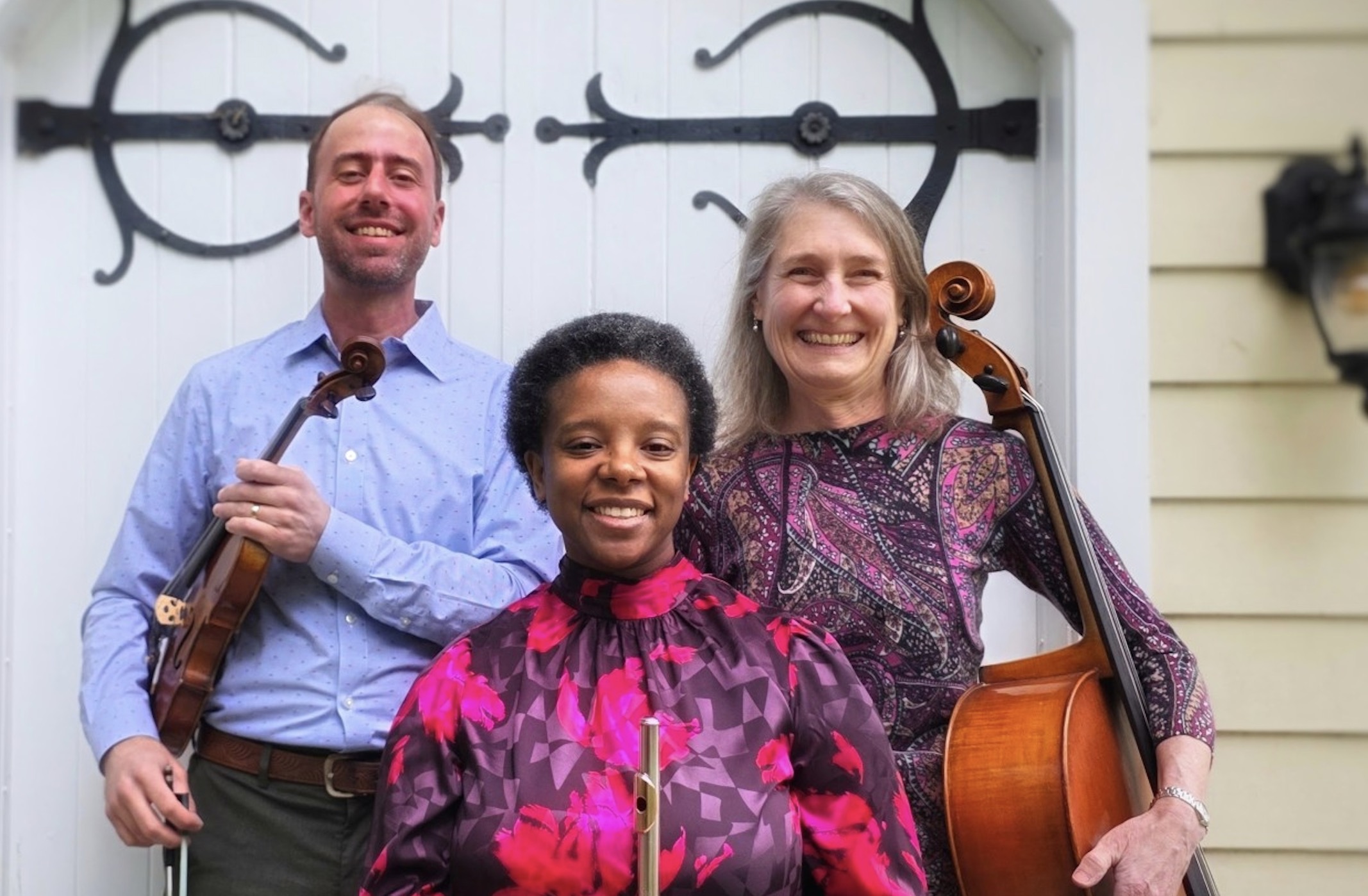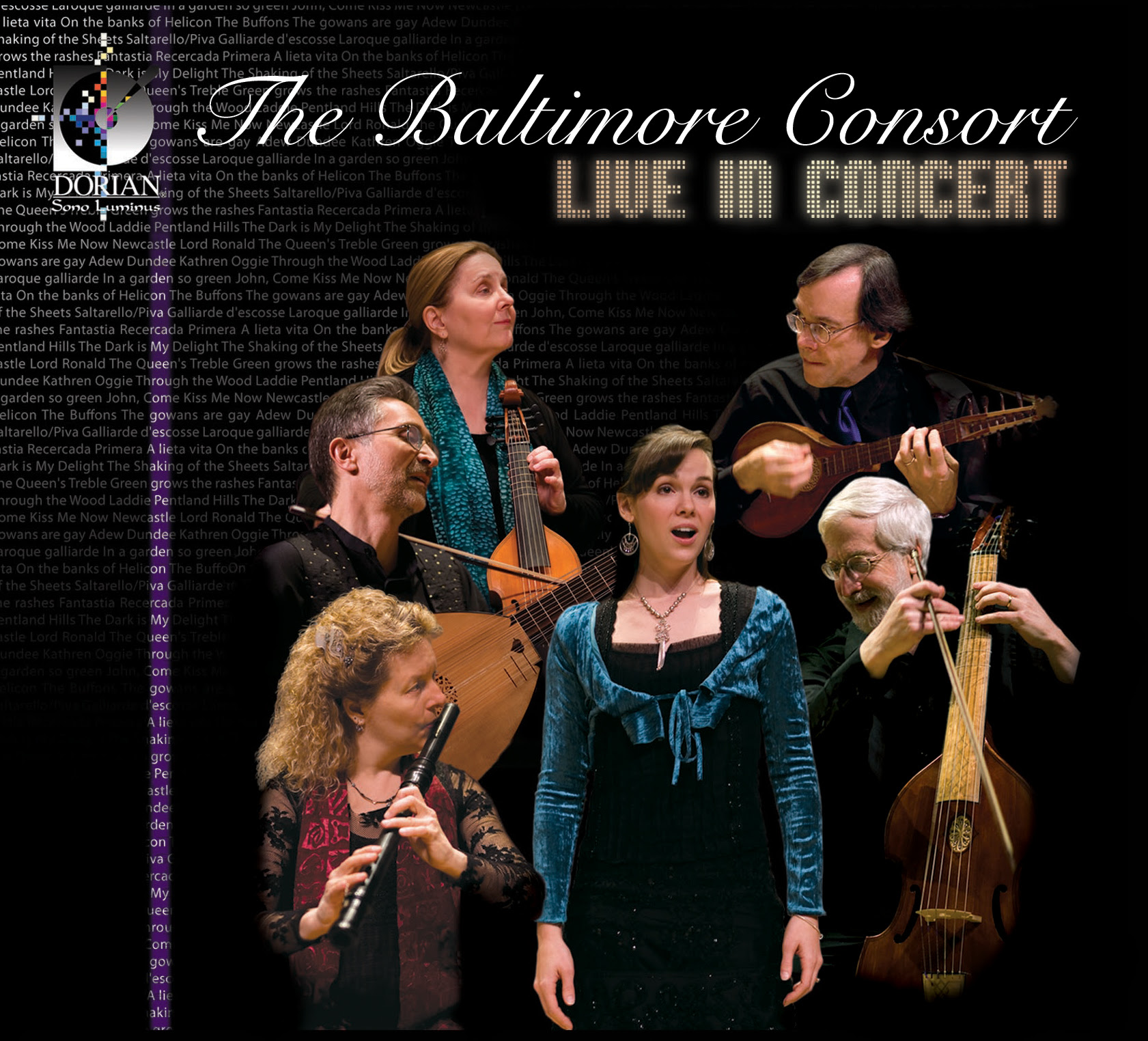Opening night of the 21st Plein Air Easton Festival on Friday, July 11, marks a holiday on the calendar for local art galleries. Much like the Waterfowl Festival in November, it will be a working holiday to accommodate all the fine-art browsers who will be checking them out during Plein Air week.
There was a time, not so long ago, when Easton had just a couple of framing shops for photographs and copies of paintings, but not a single art gallery until one opened in 1997. You could say the Troika Art Gallery – named for its trio of founders – belongs to the Millennial generation among galleries. Now, in 2025, it is no exaggeration to say that Easton has become an art destination. There are now seven art galleries downtown and another inside a marketplace a few blocks east on Dover Road.
All of them have been gearing up for Plein Air 21.
The Troika is observing the occasion with its sixth annual “Fabulous Forgeries” exhibit. Member artists of the Troika paint replications of venerable masterpieces with tiny photo copies of the originals next to the “forgeries.” Cash awards go to the top three artists and an honorable mention chosen by a Troika-selected jurist. There’s also a popular-choice prize. But most prominent as you enter the gallery are the large- to medium-scale oils by featured artist Louis Escobedo, ranging from a wintry “Glider,” a bird in flight over a gleaming stream, to what almost qualifies as a “Fabulous Forgery” of a Degas ballerina. Escobedo calls his version “Some Paint and Blue.”

Jill Basham’s “Under the Tuscan Moon” at Trippe Gallery
Further along Harrison Street, past the Tidewater Inn on the right, is the next oldest downtown art gallery, celebrating Plein Air 21 with two popular opening-night features of the past four years. One is “Variations 4.0: 1 Photograph, 14 Paintings” with 14 Trippe Gallery member artists painting their interpretation of a black-and-white image of an Eastern Shore scene. Cash prizes go to the winning entries. There’s also a challenge for Trippe visitors on opening night: Match the artist – several of whom are entered in the Plein Air competition – to the unsigned painting.

Carole Boggemann Peirson’s “A Gorgeous Glimpse” at Zebra Gallery
Heading back toward the Avalon Theater – the Foundation sponsors Plein Air Easton – the Zebra Gallery features paintings by Carole Boggemann Peirson, a Dutch-born artist known for her East Coast landscapes, including “A Gorgeous Glimpse,” an oil depicting snow-swept beach dunes with a distant water view. There’s also a flight of fancy with kids riding an airborne turtle in Gabriel Lehman’s “What If?” acrylic, guarded by a pair of basswood giraffes sculpted by Joseph Cotler.
Just around the corner on Dover, stop by Spiralis Gallery, which formerly cohabited the space that is now the Zebra’s alone. It was an amicable “divorce,” apparently, as both appear to be succeeding separately. The current “Lost and Found” exhibit of “bricolage recuperative art” features brightly colored and imaginative acrylic abstracts by Alma Roberts. On your way to the Spiralis, don’t overlook the TRA Gallery of Talbot resident artists who are not represented by any local gallery. The July show displays paintings by Nancy Lee Davis, Kathy Kopec and Mary Yancey evoking emotional memory scenes, contemporary impressionism and such representational land- and seascapes as “At the River’s Edge.”
Two more galleries beckon in opposite directions – artistically and geographically. Turn right or left on Washington Street. Turning right toward Goldsborough, you’ll encounter some Asian-influenced art at Studio B, where its owner, Betty Huang, was far away – painting in Taiwan when we visited last week. Works on view during Plein Air range from Hiu Lai Chong’s “St. Michaels Harbor” oil painting of sailboats docked at sunset, to “Room With a View,” painted with a sense of humor by Charles Newman in his depiction of a cluttered room with a distant “view”out a tiny window. There might also be a new painting by Huang upon her return from Taiwan.

Joanne Prager’s Archival Giclee print No. 15 at Zach Gallery
Taking a left on Washington, you’ll wind up your downtown tour with the most recently opened Easton gallery. The Zach of the Prager Family Center for the Arts has extended its current gallery exhibit through July 19, which takes it through Plein Air 21. “Eastern Shore Light” marks the first show by Joanne Prager of her photographic prints of captivating landscape and waterview scenes through the year-round seasons between 2021 and 2024. Some would qualify as plein air except that they are not painted. (And, yes, Joanne Prager is married to Paul.)
For one final gallery stop, you might prefer to drive – unless you’re not thoroughly exhausted by that time. (The Market at Dover Street has free parking.) Inside, you can just browse the market or ask for directions to the gallery now filled with color drawings by members of the Botanical Art League of the Eastern Shore. Works on paper by five botanical artists are featured – most of them by the league coordinator Anne Harding. As with most, if not all galleries mentioned above, there’s a meet-the-artists reception – 5 to 7 or 8 p.m. Friday evening, opening night of Plein Air 21 – with light refreshments, including wine and cheese or whatever.
All of that should whet your appetite for the festival to come, including a nocturne paint-in by Plein Air artists following a free opening-night block party on Friday with a live performance of a radio-style play, “Picture This,” on cordoned-off block Harrison Street.
THE GALLERIES OF EASTON
Troika Art Gallery, 9 S. Harrison St., troikagallery.com; The Trippe Gallery, 23 N. Harrison St., thetrippegallery.com; The Zebra Gallery, 9 N. Harrison St., thezebragallery.com; Spiralis Gallery, 35 W. Dover St. spiralisgallery.com; TRA Gallery, 41 W. Dover St., talbotarts.org/resources-1; Studio B Fine Art Gallery, 7-B Goldsborough St., stuidiobartgallery.com; Zach Gallery, 17 S. Washington St., zachgalleryeaston.com; The Market at Dover Station Le Galleria, 500 Dover Rd., doverstation.com
Steve Parks is a retired New York arts critic and editor now living in Easton.






 The National Music Festival opened its 13th annual season with a rousing full-house concert that may prove 13 is a fortunate number for the festival and for music connoisseurs in attendance Sunday evening at Washington College.
The National Music Festival opened its 13th annual season with a rousing full-house concert that may prove 13 is a fortunate number for the festival and for music connoisseurs in attendance Sunday evening at Washington College. In “Creation,” the saxophone takes the solo lead in what would be the first viola in a standard symphony orchestra, joined in the opening overture by a clarion-call of woodwinds. Moving on to the “chaos before creation” movement, drumbeat rumbles with a jungle-like undertone were dismissed by early critics as the wild dissonance of “backward peoples.” More traditional symphonic passages in a pastoral patch suggest the creation of trees and greenery, followed by jazz-infused flute, oboe and horn solos that welcome animals to planet Earth.
In “Creation,” the saxophone takes the solo lead in what would be the first viola in a standard symphony orchestra, joined in the opening overture by a clarion-call of woodwinds. Moving on to the “chaos before creation” movement, drumbeat rumbles with a jungle-like undertone were dismissed by early critics as the wild dissonance of “backward peoples.” More traditional symphonic passages in a pastoral patch suggest the creation of trees and greenery, followed by jazz-infused flute, oboe and horn solos that welcome animals to planet Earth.



